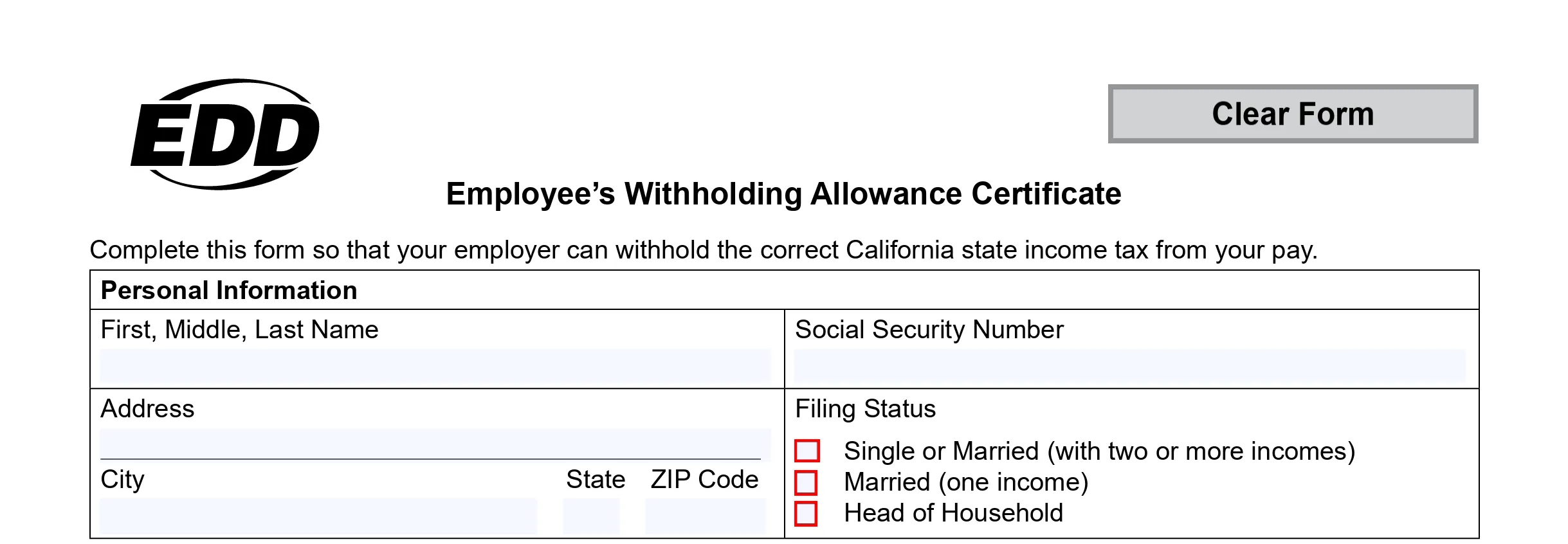How to Calculate the Paid Time Off (PTO)

If you’re thinking that paid time off policies sound great for the employee but not so great for the employer, think again.
This policy is beneficial to employers because it encourages employees to take shorter stretches of PTO throughout the year. This is useful because companies don't need to plan around key employees being gone for long amounts of time, yet employees still get to enjoy time off throughout the year.
Calculating paid time off varies, but as a small business, it’s important to ensure you have adequate staffing when creating a paid time off policy.
When calculating PTO, you need to consider many guidelines for this use:
- The PTO accrual rate
- The PTO limits
- Types of PTO your company have
How you calculate PTO depends on the way that time is awarded. These are the most common PTO accrual rates:
- Hours worked
- Daily
- Bi-monthly
- Every two weeks
- Once a month
- Yearly
Determine the number of hours you accrue annually
First, determine the number of hours that you accumulate during the course of the year.
Divide your annual hours by 12 or 24
Next, you need to calculate the number of hours you accumulate during each pay period. If you are paid monthly, you will divide the total number of hours you accrue annually by 12, the months in the year. If you are paid twice per month, you will divide the total number of hours by 24.
Multiply pay period PTO by time worked
To calculate the amount of time you have accumulated, you need to multiply the amount of time that you accrue in each pay period and multiply that by the time that you have worked. For example, let's say that you have worked for three months without taking any PTO. During those three months, you have had six pay periods—two per month.
If you know that you accumulate five hours of PTO time per pay period, you can easily calculate your PTO by multiplying five by six, which equals 30 hours of PTO. To determine how many days of PTO that is, you can divide that number by eight. For our example, that would mean dividing 30 by eight, which equals 3.75 days of PTO. This example, of course, assumes that you did not have any PTO prior to that three-month period. If you do, you will need to add the additional time, minus any vacation hours you have already used.
IMPORTANT
The difference between paid time off policies and vacation policies are the following:
- It’s important to understand that a paid time off policy is different from a vacation policy and that your small business will likely use one policy or the other, but probably not both at the same time.
- Though these two categories aren’t the extent of it: there are different types of both PTO and vacation policies, such as unlimited, flexible, floating, and more.
If you found this information helpful please like and share.Need help? Contact us at [email protected] or by phone (510) 992-3499



